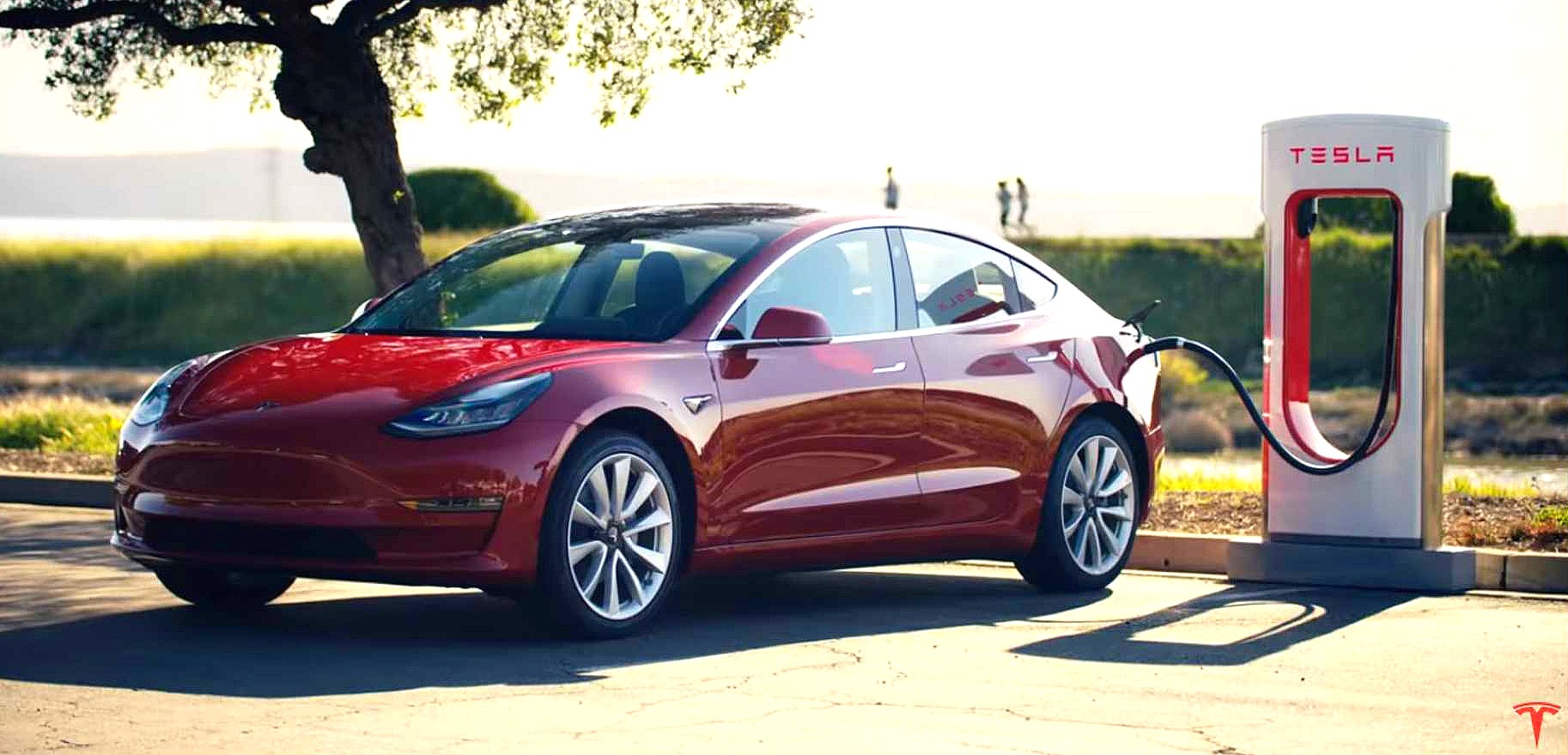Tesla Owner Reveals His First Electric Bill in a Year, Leaving People Stunned by the Cost
Imagine expecting a hefty electric bill for charging your car, only to find out that your total cost for an entire year is just a few dollars. That’s exactly what happened to one Tesla owner who shared his experience on social media, leaving many shocked and intrigued by how such a low bill was even possible. His post quickly sparked conversations about electric vehicles, renewable energy, and the future of home energy solutions. Let’s break down how this surprising scenario unfolded and what it could mean for the future of both transportation and energy.
The Unexpected Surprise
At first glance, you might assume that charging a powerful electric vehicle like a Tesla would result in a significant increase in your monthly electric bill. After all, Teslas are known for their advanced technology and impressive performance, leading many to think that the energy consumption would add up quickly. However, this particular Tesla owner shocked everyone when he revealed that his total electric bill for the year was a mere $2.37. Yes, you read that correctly—just over two dollars for a full year of charging.
In a playful post on X (formerly Twitter), he jokingly complained, “This sucks,” despite the near-zero cost of his electricity. His sarcastic tone and surprising bill quickly went viral, with users expressing both confusion and amusement at how this was possible. How could a car that requires so much power to operate have such a low energy expense?
The Secret: Solar Energy and Tesla Powerwall
The key to this low bill lies in the owner’s strategic use of renewable energy. Instead of depending on the local grid to power his home and car, he had installed solar panels on his roof and paired them with a Tesla Powerwall. This setup allowed him to generate and store his own electricity, minimizing his reliance on the utility company and significantly reducing his energy costs.
Here’s how it works:
- Solar Panels: The solar panels capture sunlight during the day, converting it into electricity. This energy powers the home and charges the Tesla Powerwall for later use. Any excess electricity that isn’t immediately needed is stored in the Powerwall.
- Tesla Powerwall: The Powerwall is a battery that stores the energy generated by the solar panels. When the Tesla needs charging—whether it’s during the night or on cloudy days—the stored solar energy is used, rather than drawing electricity from the grid. This ensures that charging the vehicle comes at almost no additional cost.
The result? A minimal electricity bill despite owning an electric vehicle and using it regularly.
The Reality Behind the Low Cost
While the low bill is impressive, it’s important to recognize the significant upfront costs that made it possible. To achieve this level of energy independence, the Tesla owner had to make substantial investments in solar panels and a Powerwall system. Here’s a breakdown of the initial expenses:
- Solar Panel Installation: Setting up a home solar system can cost thousands of dollars, depending on the size and efficiency of the system, local installation costs, and any available incentives.
- Tesla Powerwall: A Tesla Powerwall typically starts around $11,500 and can go up to $15,000 or more with installation costs. While this system provides long-term savings, it’s not an inexpensive investment.
- Installation and Maintenance: The installation process involves labor, permits, and ongoing maintenance, which can add to the overall cost. However, these are often one-time or infrequent expenses.
While the ongoing cost to charge the car is almost nothing, the initial investment is something many potential buyers would need to carefully consider. It’s a case of paying more upfront for long-term savings, but it may not be feasible for everyone.
The Bigger Picture: Electric Vehicles and the Future of Energy
This Tesla owner’s story is part of a much larger trend. Electric vehicles (EVs) are no longer a futuristic concept—they’re here now, and they’re reshaping how we think about energy use and transportation. As concerns about climate change and sustainability continue to rise, more people are switching to EVs and incorporating renewable energy systems into their homes.
Key considerations in the EV revolution include:
- Cost of Ownership: While the purchase price of an EV can be high, the savings on fuel and maintenance over time can be significant. In this case, the Tesla owner’s nearly zero-cost charging is a perfect example of how pairing EVs with renewable energy can make them highly economical.
- Environmental Impact: EVs produce no tailpipe emissions, significantly reducing their environmental footprint compared to traditional vehicles. Adding solar-powered charging further amplifies these benefits.
- Incentives and Infrastructure: Governments are offering rebates and incentives to encourage renewable energy investments, making solar panels and battery systems more accessible. The expansion of charging stations and energy storage options will also help make EVs more practical for everyday consumers.
Looking Ahead: A Greener Future
The Tesla owner’s low electricity bill serves as a glimpse into a future where homes can produce and store their own energy. With the right investments, households could reduce their reliance on traditional utilities, save on energy costs, and even generate extra income by selling surplus power back to the grid.
While renewable energy systems like solar panels and Powerwalls require significant upfront investments, the long-term savings and environmental benefits could make them worthwhile for many. As technology advances, these systems are likely to become more affordable and efficient, making it easier for more people to make the switch.
In conclusion, the Tesla owner’s story isn’t just about a low electricity bill—it’s about the broader potential of combining electric vehicles, solar energy, and home battery storage to create a more sustainable and energy-efficient future. As more people adopt these technologies and costs continue to fall, we may one day see a world where energy independence and sustainability are the norm, not the exception.
